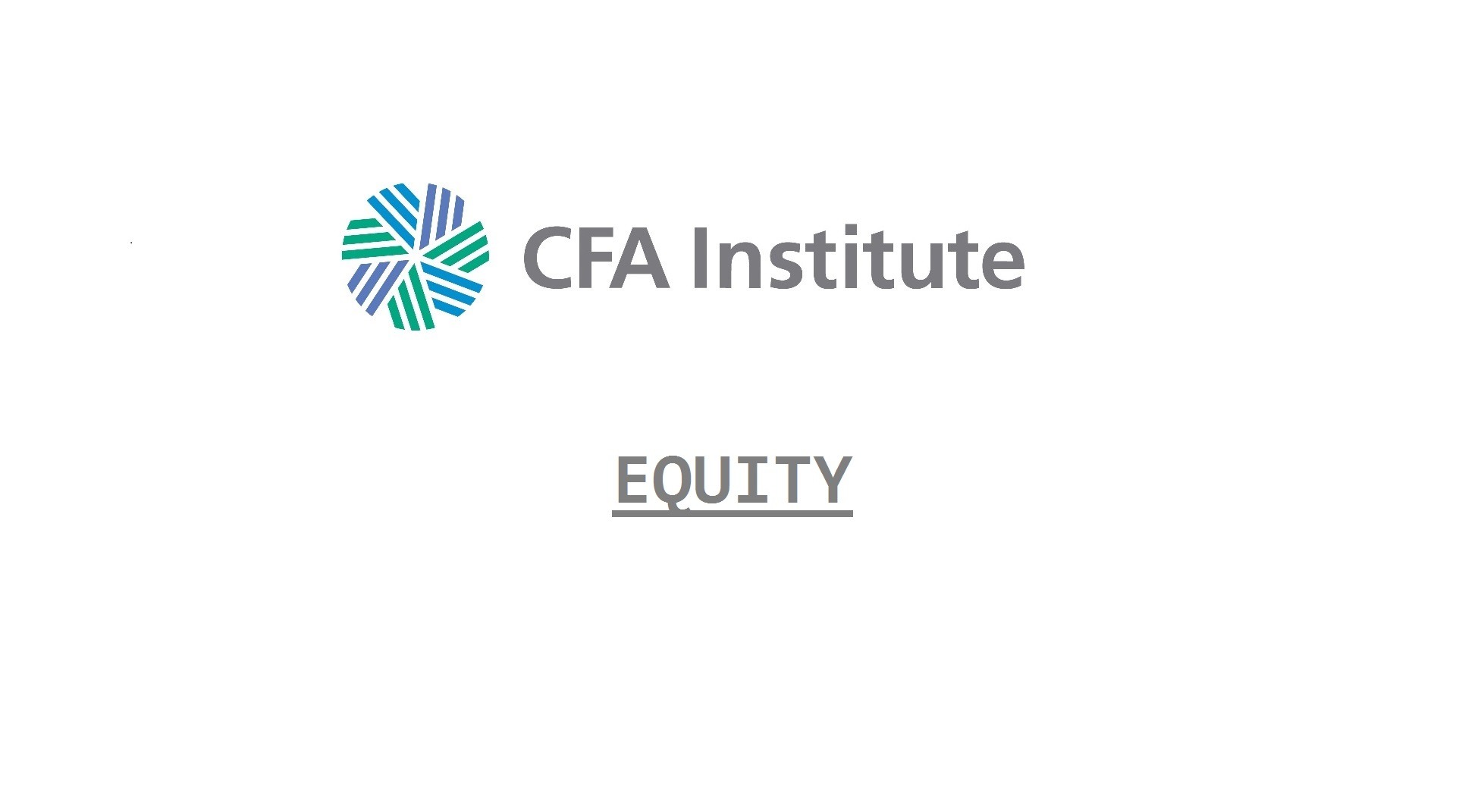Size and Style
A popular approach to segmenting the equity universe incorporates two factors: (1) size and (2) style.
Size is typically measured by market capitalization and often categorized by large cap, mid cap, and small cap.
Style is typically classified as value, growth, or a combination of value and growth (typically termed “blend” or “core”). In addition, style is often determined through a “scoring” system that incorporates multiple metrics or ratios, such as price-to-book ratios, price-to-earnings ratios, earnings growth, dividend yield, and book value growth.
Advantages to segmenting by size and style include:
- Portfolio managers can better address client investment considerations in terms of risk and return characteristics.
- The potential for greater diversification benefits by investing across different sectors or industries.
- The ability to construct relevant benchmarks for funds that invest in a specific size/style category.
- The ability to analyze how company characteristics change over time. For example, as a small-cap growth company matures it may move into the mid-cap or large-cap categories and shift towards blended from pure growth.
The last advantage is also a disadvantage in that the categories are not stable over time.
Exhibit 4. Equity Size and Style Matrix

Geography
Another common approach to equity universe segmentation is by geography. This approach is typically based on the stage of markets’ macroeconomic development and wealth. Common geographic categories are developed markets, emerging markets, and frontier markets.
- Developed markets: United States, United Kingdom, Germany, Australia, and Japan.
- Emerging markets: Brazil, Russia, India, China, and South Africa.
- Frontier markets: Argentina, Estonia, Nigeria, Jordan, and Vietnam.
The main advantage to geographic segmentation is that investors with significant domestic market exposure can better understand how to diversify across international markets.
One disadvantage to this approach is that investing in international equity markets may subject investors to currency risk.
Economic Activity
Economic activity is another approach that portfolio managers may use to segment the equity universe. Most commonly used equity classification systems group companies into industries/sectors using either a production-oriented approach or a market-oriented approach.
The production-oriented approach groups companies that manufacture similar products or use similar inputs in their manufacturing processes.
The market-oriented approach groups companies based on the markets they serve, the way revenue is earned, and the way customers use companies’ products.
GICS Classification Example
| Sector | Consumer Staples |
| Industry Group | Food, Beverage, and Tobacco |
| Industry | Beverages |
| Sub-Industry | Soft Drinks |
